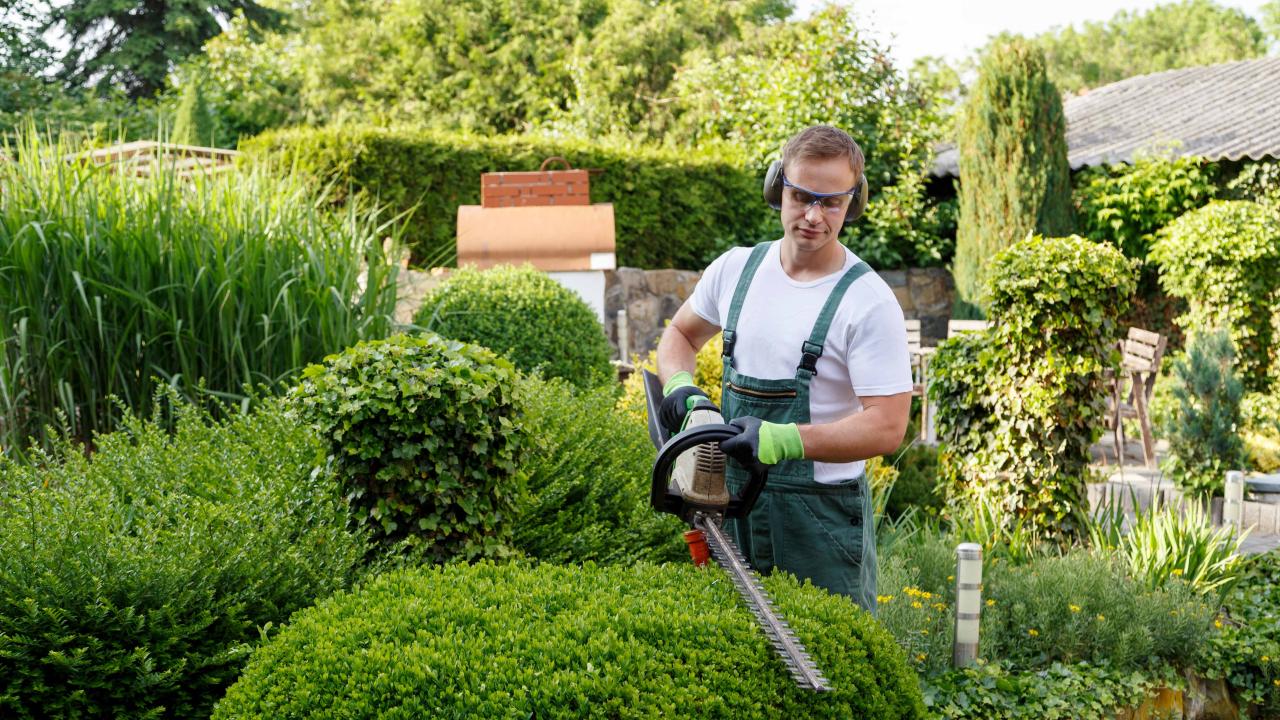Commercial landscaping is an essential aspect of a well-maintained and inviting business environment. The external appearance of a commercial property plays a significant role in attracting customers, creating a positive first impression, and ultimately impacting the success of the business. To ensure a visually appealing and thriving outdoor space, landscape maintenance becomes crucial. In this article, we will explore ten transformative ideas for commercial landscaping that will not only enhance the aesthetics but also provide valuable tips and guidance for maintaining a beautiful outdoor environment for business owners and property managers. So, whether you are looking to revamp an existing landscape or starting from scratch, read on to discover some valuable insights to elevate your commercial property’s curb appeal.
1. Sustainable Designs
Sustainable designs in commercial landscaping play a crucial role in creating environmentally friendly and aesthetically pleasing outdoor spaces. Incorporating sustainable practices not only enhances the overall appeal of the landscape but also helps to reduce negative environmental impacts. Here are three key ideas for incorporating sustainable designs in commercial landscaping.
-
Native Plants: Choosing native plants for landscaping projects is an excellent way to promote sustainability. Native plants are adapted to the local climate and require less water, fertilizer, and pesticides compared to non-native species. By utilizing native plants, businesses can conserve resources and support local ecosystems.
-
Efficient Irrigation Systems: Implementing efficient irrigation systems is essential for water conservation in commercial landscapes. The use of smart irrigation controllers, drip irrigation, and rainwater harvesting systems can significantly reduce water waste. By optimizing watering practices, businesses can lower their water consumption and contribute to a more sustainable landscape.
-
Stormwater Management: Proper stormwater management is essential to prevent erosion, flooding, and water pollution. Incorporating techniques such as green roofs, permeable pavements, and retention ponds can help manage stormwater runoff onsite. These practices allow water to be absorbed into the ground gradually, replenishing groundwater, and reducing strain on local sewer systems.

By implementing sustainable designs in commercial landscaping, businesses can create visually appealing outdoor spaces while minimizing their ecological footprint. Through the use of native plants, efficient irrigation, and stormwater management techniques, commercial landscapes can contribute to a healthier environment and showcase a commitment to sustainability.
2. [Title of Section 2]
3. [Title of Section 3]
2. Low Maintenance Solutions
When it comes to commercial landscaping, finding low maintenance solutions is key. By incorporating low maintenance elements into your landscape design, you can save time, effort, and resources in the long run.
Firstly, choosing the right plants can make a significant difference in the amount of maintenance required. Opt for native plants that are adapted to the local climate and soil conditions. These plants are often more resistant to pests and diseases, reducing the need for frequent treatments. Additionally, native plants typically have lower water requirements, which can help conserve water and lower irrigation needs.
Another low maintenance solution is to implement hardscape features strategically. Consider incorporating paved areas, gravel paths, or mulched beds into your design. These elements not only add visual interest but also minimize the need for frequent mowing or trimming. By reducing the amount of turfgrass or traditional planting beds, you can significantly reduce the time and effort spent on landscape maintenance.
Lastly, automated irrigation systems can greatly contribute to low maintenance commercial landscaping. Installing irrigation systems with smart controllers allows for efficient watering based on weather conditions and plant needs. This helps prevent over or under-watering, reducing the chances of plant stress and water wastage. Additionally, automated systems can be programmed to water during off-peak hours, maximizing water absorption and minimizing evaporation.
By incorporating these low maintenance solutions into your commercial landscape design, you can create an aesthetically pleasing environment while minimizing the time and resources spent on maintenance.
3. Innovative Technology Integration
In today’s digital age, technology has become an integral part of various industries, and commercial landscaping is no exception. By embracing innovative technology integration, businesses can enhance their landscape maintenance practices, streamline processes, and elevate the overall appearance of their outdoor spaces. Here are three transformative ideas for commercial landscaping that leverage the power of technology:
-
Automated Irrigation Systems:
Gone are the days of manually watering plants and grassy areas. With automated irrigation systems, commercial landscapes can receive the optimal amount of water at the right time, ensuring healthy and lush greenery while conserving water resources. These systems use moisture sensors, weather data, and programmable schedules to deliver water precisely where and when it is needed, reducing the likelihood of over or under-watering. By incorporating automated irrigation systems, businesses can save time, money, and manpower while maintaining a sustainable and visually appealing landscape. -
Remote Monitoring and Control:
Keeping track of the health and condition of commercial landscapes can be a challenging task. However, with the help of remote monitoring and control technology, businesses can stay informed and take proactive measures to address any issues promptly. Utilizing sensors, cameras, and connected devices, landscape professionals can remotely monitor factors like soil moisture levels, temperature, and even detect potential plant diseases or pest infestations. This real-time data enables timely interventions, preventing potential damage and preserving the overall beauty of the landscape. -
Smart Lighting Systems:
Strategically placed lighting can greatly enhance the visual appeal and safety of commercial landscapes, especially during evening hours. Smart lighting systems, integrated with motion sensors and timers, offer flexibility, convenience, and energy efficiency. These systems can be programmed to automatically adjust lighting based on specific time slots or triggered by movement, ensuring that the landscape is well-lit only when it is necessary. By using smart lighting technology, businesses can create captivating nighttime landscapes while optimizing energy consumption.
By embracing innovative technology integration in commercial landscaping, businesses can elevate their outdoor spaces to new heights. With automated irrigation systems, remote monitoring and control, and smart lighting systems, landscapes can thrive, operations can be streamlined, and businesses can make a lasting impression on clients and visitors.